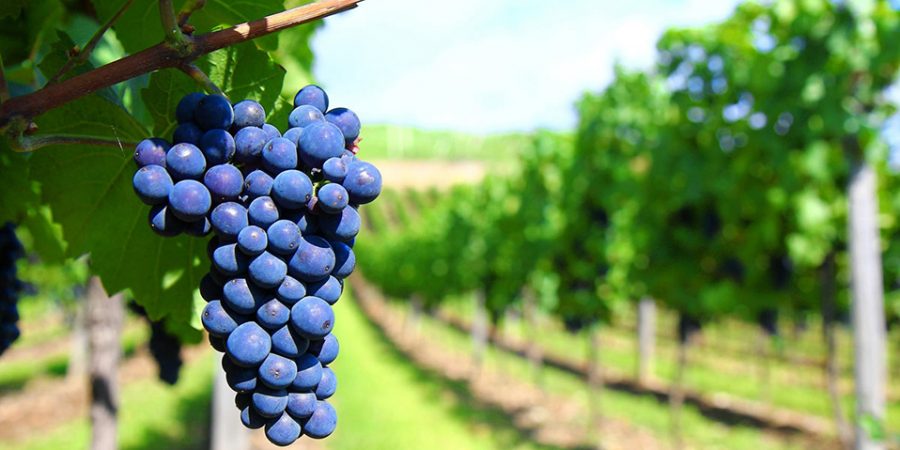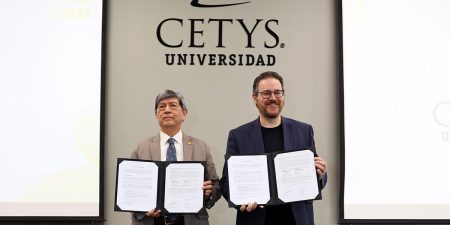Winegrowers and wine producers often talk about the “terroir”, a unique combination of features that make vine growth and grape production development favorable, as much in Baja California as in other regions of Mexico and the world. This term, commonly used in the industry is one of French origin, derived from the Latin terratorium.
Its use has been extended to other languages to designate a well-defined and homogeneous geographical extension (not necessarily corresponding to any political division) that presents some striking particularity in its agricultural production.
It is a term that initially was used for wine, coffee, and tea, to denote the particular characteristics that the geography, geology, and climate of a specific place gave to certain varieties. It is a concrete, tangible, and cartographic space that can be defined through various geological and geographical factors, while also having a cultural dimension that directly reflects the human society that exploits it. A territory can cover several terroirs dedicated to taking advantage of different resources.
On January of this year, CETYS Center for Viticultural Studies of Baja California (CEVBC, by its acronym in Spanish) offered a workshop on pruning and vineyard management, where the importance of terroir for grapes was emphasized highlighting the 5 elements that define it:
Weather. In Baja California, the environment where the vine develops spans the valleys of Ensenada, Tijuana, and Tecate; they all have a dry Mediterranean climate in common. Precipitation is scarce and is concentrated in the coldest months of the year, from November to February, in which the average temperature is 13° C, but can dip below freezing point. On the other hand, the warmest months, from June to September, are also the driest and have an average temperature of 22° C.
Soil. It is the surface layer of the earth’s crust. It is a structure of vital importance for the development of life. The soil supports plants and provides the necessary nutritional elements for its development, is formed by the decomposition of rocks by sudden changes in temperature and the action of moisture, air, and living organisms.
Ground. It is a well-defined extension of soil used for cultivation. It can be on the side of a mountain, next to a river, lake or stream, etc. And can have differences in its soil composition or altitude levels.
Microorganisms. Although sometimes they are ignored, they are a fundamental part of the development of the terroir. Without them, the decomposition of the soil’s organic matter could not be carried out, thus not helping in the growth of the plants and the assimilation of nutrients.
Tradition. It is the set of cultural traits that are transmitted from generation to generation within a community. It involves those customs and manifestations that each society considers valuable and preserves them so that they are learned by the new generations, as an indispensable part of the cultural legacy.
Based on these 5 aspects, the Tecate-Tijuana-Ensenada region has the necessary characteristics to be considered a suitable terroir for the growth, development, and production of grapes and their derivatives. It is said that there are no two identical wines, and this is due to the sum and interaction of the aforementioned elements. To analyze the terroir of Baja California wines is to explore their DNA in an attempt to learn not only their chemical composition but also to understand the people who are working on it and the history that precedes the vineyards. This gives a wine its personality, character, and value, generating a differentiation among thousands of options that exist in the marketplace.
Author: Q.I. Armando Orozco, Laboratory and Production Coordinator of the Center for Viticultural Studies of Baja California of CETYS University (CEVBC).









Leave your comment